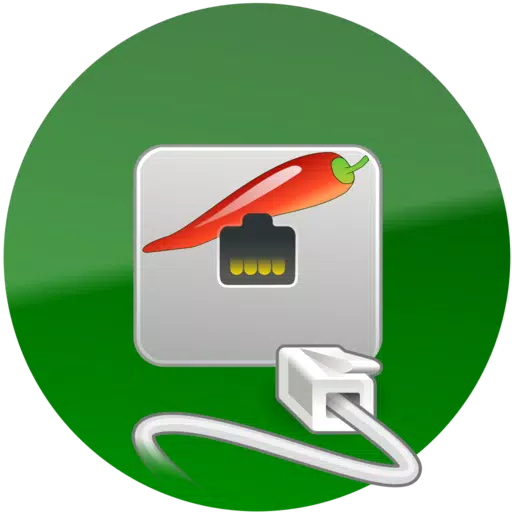
If you're looking for a robust, secure, and open-source solution for managing your QEMU KVM virtual machines remotely, aSPICE is the tool you need. It leverages the SPICE protocol and offers SSH capabilities, making it an excellent choice for both professionals and enthusiasts.
For users on iOS or macOS, aSPICE is now available through the App Store. You can download aSPICE Pro at:
https://apps.apple.com/ca/app/aspice-pro/id1560593107
By purchasing the donation version, aSPICE Pro, you not only gain access to enhanced features but also support the ongoing development of this GPL open-source software. If you encounter any issues, please use the "Send email" feature in Google Play to report them before leaving a review.
For detailed release notes, you can visit:
https://github.com/iiordanov/remote-desktop-clients/blob/master/bVNC/CHANGELOG-aSPICE
If you need older versions or want to report bugs, check out the following links:
- Older versions: https://github.com/iiordanov/remote-desktop-clients/releases
- Report bugs: https://github.com/iiordanov/remote-desktop-clients/issues
If you have any questions, consider joining the forum discussion instead of posting in a review:
https://groups.google.com/forum/#!forum/bvnc-ardp-aspice-opaque-remote-desktop-clients
Additionally, if you're interested in VNC solutions, you might want to explore bVNC, another tool developed by the same team:
https://play.google.com/store/apps/details?id=com.iiordanov.freebVNC
For those experiencing issues with mouse pointer synchronization, consider using the "Simulated Touchpad" input mode or adding an "EvTouch USB Graphics Tablet" to your virtual machine. Here’s how you can do it:
- If using virt-manager, go to the View->Details section, and select Add Hardware->Input->EvTouch USB Graphics Tablet.
- If running your virtual machine via the command line, include an option similar to: "-device usb-tablet,id=input0"
aSPICE offers a wide array of features designed to enhance your remote desktop experience:
- Versatility: Control any SPICE-enabled QEMU virtual machine, regardless of the guest OS.
- Security: aSPICE Pro supports master passwords, MFA/2FA SSH authentication, and USB redirection.
- Audio and Multi-Touch: Enjoy audio support and multi-touch control over the remote mouse, including various click and drag functionalities.
- Dynamic Resolution: Change resolutions dynamically and control your virtual machine from BIOS to OS.
- Rotation and Language Support: Full rotation support and multi-language compatibility.
- SSH Tunneling: For added security and access to machines behind firewalls.
- UI Optimization: Tailored for different screen sizes, with support for Samsung multi-window.
- Key Management: Import RSA and DSA keys in various formats.
- Session Management: Automatic session saving with various scaling and input modes.
- Keyboard Support: Stowable on-screen keys, ESC key sending, and compatibility with FlexT9 and hardware keyboards.
For detailed instructions on setting up SPICE for Linux, you can refer to:
- Red Hat: http://www.linux-kvm.org/page/SPICE
- Ubuntu: http://askubuntu.com/questions/60591/how-to-use-spice
The source code for aSPICE is available on GitHub, inviting contributions and collaboration from the community:
https://github.com/iiordanov/remote-desktop-clients
Planned features include clipboard integration for seamless copy/pasting between your device and the virtual machine.
aSPICE is not just a tool; it's a community-driven project aimed at enhancing remote desktop experiences across various platforms.




![NULL [Remastered]](https://imgs.39man.com/uploads/71/1719651062667fcaf6c483b.png)










